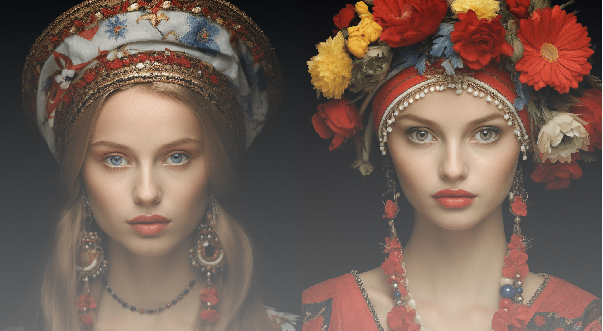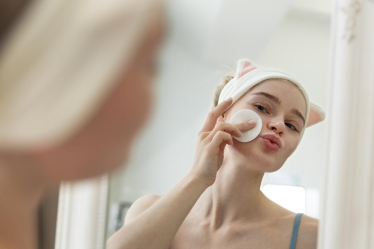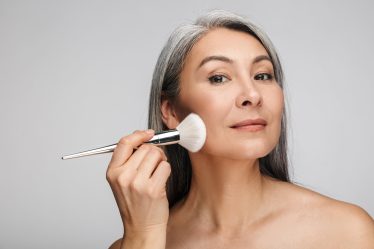
Beauty is a universal concept, but its standards and practices vary vastly across different cultures. From the elaborate rituals of Asia to the natural remedies of Africa, traditional beauty practices offer a glimpse into the diverse heritage and values of communities worldwide.
Asia: Land of Intricate Beauty Rituals
In Asia, beauty is often associated with purity, grace, and harmony. Traditional beauty practices in countries like Japan, India, and China are deeply rooted in history and cultural symbolism.
Japan’s Geisha Culture
The geisha culture of Japan is renowned for its meticulous attention to detail and graceful aesthetic. Geishas, or traditional female entertainers, follow elaborate beauty rituals that have been passed down through generations.
India’s Ayurvedic Beauty Regimens
India’s Ayurvedic tradition emphasizes holistic beauty that nurtures both the body and the soul. Ayurvedic beauty regimens incorporate natural ingredients such as turmeric, sandalwood, and herbal oils to promote radiant skin and lustrous hair.
China’s Traditional Skincare Techniques
Chinese beauty rituals date back thousands of years and are steeped in ancient wisdom. Traditional skincare techniques often involve the use of herbal remedies, gua sha, and jade rolling to enhance circulation and promote youthful vitality.
Africa: Natural Beauty Traditions
In Africa, beauty is celebrated in its most natural form. Traditional beauty practices in countries like Morocco and Ethiopia embrace the bountiful gifts of nature to nourish and rejuvenate the skin.
Moroccan Argan Oil: Liquid Gold for Skin and Hair
Argan oil, extracted from the kernels of the argan tree native to Morocco, is renowned for its nourishing properties. Rich in antioxidants and essential fatty acids, argan oil is a versatile beauty elixir that moisturizes skin, conditions hair, and promotes overall radiance.
Ethiopian Butter Baths: Nourishing Skin the Natural Way
In Ethiopia, butter baths are a cherished beauty tradition that dates back centuries. Shea butter, derived from the nuts of the shea tree, is melted and mixed with aromatic herbs to create a luxurious emollient that softens and hydrates the skin.
Middle East: Luxurious Beauty Rituals
The Middle East is synonymous with opulence and indulgence, and traditional beauty rituals reflect this sense of luxury and refinement.
Hammam: The Turkish Bath Experience
The hammam, or Turkish bath, is a quintessential Middle Eastern beauty ritual that combines cleansing, exfoliation, and relaxation in a steamy, marble-clad sanctuary. Hammams are cherished as social spaces where friends and family gather to rejuvenate both body and spirit.
Persian Rosewater: A Timeless Elixir for Skin
Rosewater has been prized for its skincare benefits in the Middle East for centuries. Persian rosewater, distilled from the petals of Damask roses, is revered for its soothing and hydrating properties. It is often used as a toner, perfume, or refreshing facial mist.

Europe: Timeless Elegance
European beauty ideals are synonymous with elegance, sophistication, and timeless allure. Traditional beauty practices in countries like France and Greece emphasize simplicity, quality, and natural ingredients.
French Beauty Secrets: Elegance in Simplicity
French women are celebrated for their effortlessly chic style and glowing complexion. French beauty secrets often revolve around minimalist skincare routines, high-quality products, and a focus on inner confidence and well-being.
Greek Olive Oil: Beauty from the Mediterranean
Olive oil has been a staple of Mediterranean beauty regimens for centuries. Greek olive oil, cold-pressed from ripe olives, is prized for its rich moisturizing properties and antioxidant content. It is used to nourish the skin, condition the hair, and promote overall vitality.
Conclusion
Traditional beauty practices offer a window into the rich tapestry of cultures around the world. From the intricate rituals of Asia to the natural remedies of Africa, each tradition reflects a unique blend of heritage, values, and aesthetics. By embracing these time-honored practices, we can not only enhance our physical appearance but also connect with the cultural roots that define us.


